

Physics, sponsored by the American Physical Society, aims to "spotlight exceptional research." Synopses are short summaries of current publications, reminiscent of press releases, written by a journalist (in this case, me).
| Helicons in a Lab Plasma | May 21, 2015 | A large plasma chamber explores the helical modes responsible for atmospheric "whistlers." | |
 |
Nanofiber Optical Memory | May 7, 2014 | An atomic gas surrounding an optical fiber modulates and stores an optical signal traveling along the fiber. |
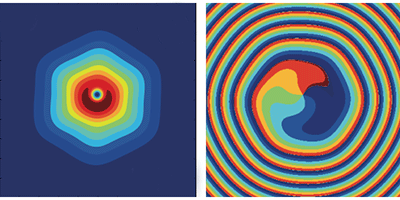 |
Spinning a Condensate with Light | November 12, 2014 | A spiral pattern of illumination intensity can impart angular momentum to a Bose-Einstein condensate of exciton-polaritons. |
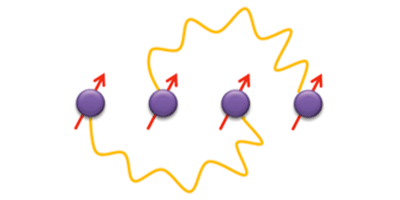 |
Quantum Fluctuations Affect a Row of Distant Ions | November 5, 2014 | The interaction between ions is different in the quantum vacuum. |
 |
Spooky Bidding | June 12, 2014 | Sharing a quantum state could help bridge players improve their bids. |
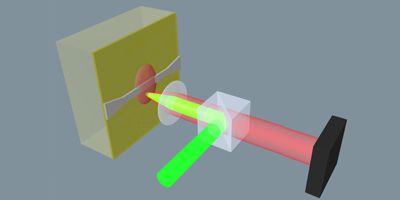 |
Spins Move between Insulators | May 14, 2014 | The spin alignment of NV centers in diamond can be changed by the magnetization of a nearby magnetic layer. |
 |
An Undulator Made of Microwaves | April 23, 2014 | A standing-wave pattern of microwaves can induce ultraviolet emission from an electron beam more flexibly way than the traditional serious of magnets. |
 |
Enhanced Transmission of Light through a Random Medium | April 7, 2014 | Imposing the right phase pattern across a laser spot can help it pass through a normally opaque material. |
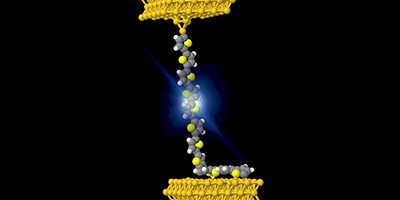 |
A Single-Molecule Light-Emitting Diode | January 28, 2014 | Researchers measure the light that a single polymer molecule emits when an electric current passes through it. |
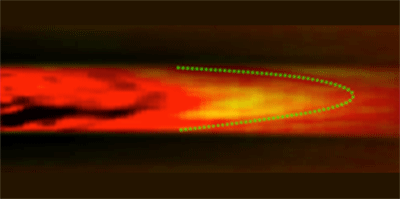 |
Going with the Flow | November 12, 2013 | Even slow flow can be measured by thermally "tagging" blood and tracking it photoacoustically. |
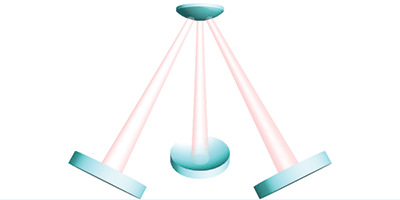 |
A Tripod of Light | October 29, 2013 | An small reflective disk can be suspended by light pressure if it is used as the end mirror for three separate cavities, researchers calculated. |
 |
A "Magic Frequency" for Atomic Spectroscopy | August 1, 2013 | Choosing the right light frequency makes all magnetically split states absorb equally. |
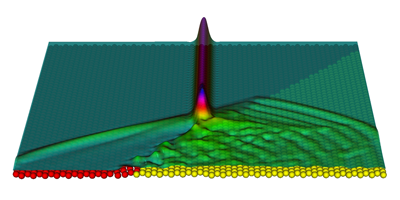 |
Snellís Law for Granular Materials | July 25, 2013 | Solitons propagating through sand reflect and refract at an interface. |
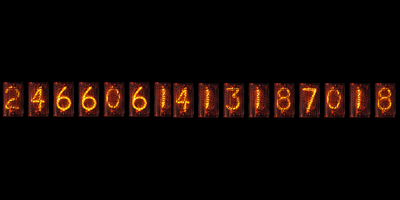 |
A Distant Second | June 6, 2013 | Linking an atomic transition line to a precision clock hundreds of miles away. | 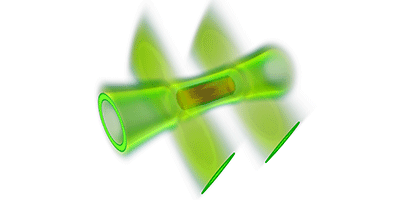 |
Condensate in a Can | May 16, 2013 | Building a more uniform Bose-Einstein condensate. |
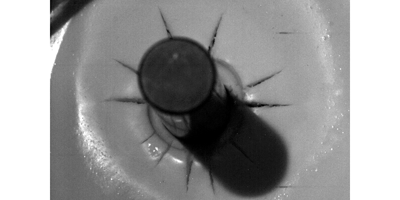 |
Cracks in the Cornstarch | April 4, 2013 | High-speed movies reveal how a cornstarch paste cracks like a solid. |
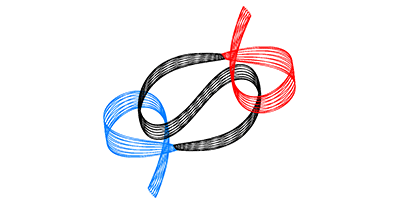 |
New Orbits for Three Bodies | March 14, 2013 | Researchers find 13 new ways that three planets can orbit each other in a plane, in addition to the three that were previously known. |
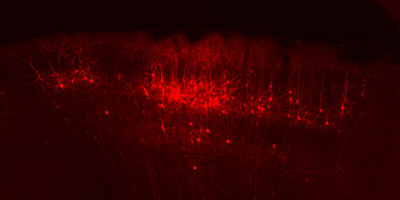 |
A double power law powers brain | March 7, 2013 | Including more long-distance connections increases the simulated speed of a brain model. |
 |
Weighing Models of Neutron Stars | January 22, 2013 | Plasma has a slight springiness that may change the way it flows. |
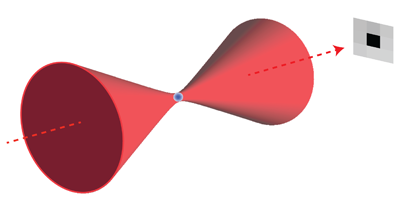 |
Cooling Neutral Atoms in Optical Tweezers | November 29, 2012 | A single atom in a focused laser beam is cooled to its quantum ground state. |
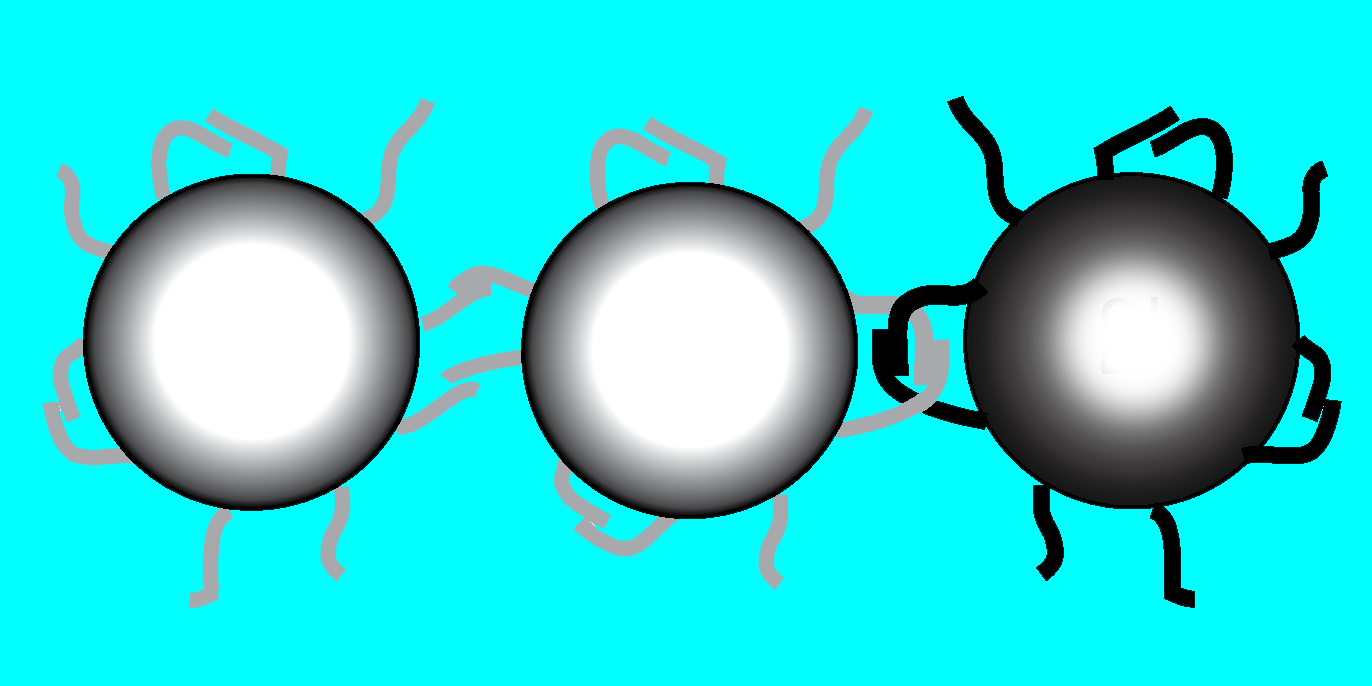 |
Molecular Velcro | November 1, 2012 | Particles can stick together when loops of DNA on their surfaces interlock, even whent the chains on different particles don't match. |
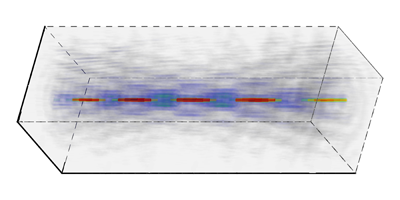 |
Tiny Tractor Beam | October 18, 2012 | Experimentalists use carefully shaped light beams to pull one particle even as they push another. |
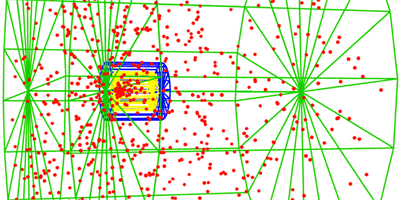 |
In search of sterile neutrinos | October 4, 2012 | An experiment to look for new types of neutrinos that don't interact with anything at all. |
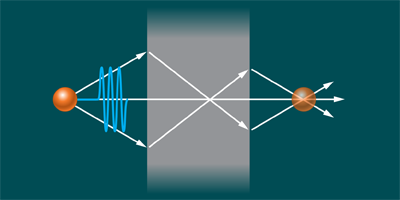 |
Time-Dependent Fields Improve Superlens Resolution | August 29, 2012 | Rapidly decreasing electromagnetic fields can be focused by a negative-index "superlens" more sharply than steady ones, but only momentarily. |
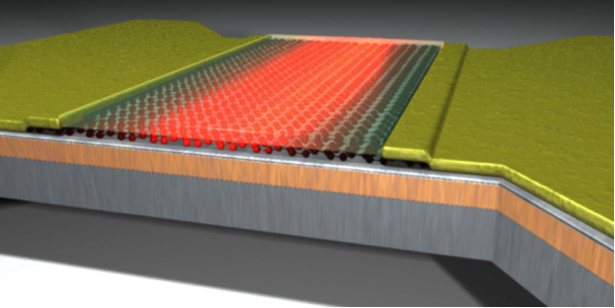 |
Electrons in Graphene Beat the Heat | August 2, 2012 | Researchers measure electrical noise at low temperatures to determine how electrons in graphene retain their heat, a critical issue for using the heating to detect light. |
 |
Weak Measurement of Polarization by a Slit | July 5, 2012 | Shining polarized light at a slit in a metal film creates surfaces waves that convey information about the original polarization without destroying it. |
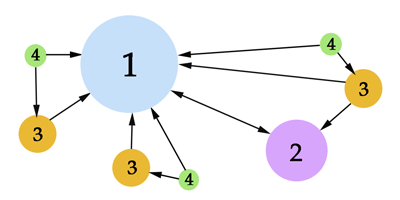 |
Ranking Web Sites Quantum Mechanically | June 4, 2012 | The PageRank algorithm used by Google to find the most-linked sites could be efficiently implemented on an "adiabatic" quantum computer. |
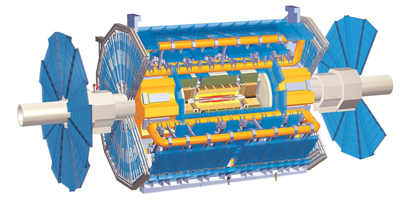 |
Using Topspin to Probe the Standard Model | May 24, 2012 | The decay of the heaviest, "top" quark has the best shot at revealing physics beyond the standard model--but hasn't, so far. |
 |
An Optical Analog of an Atom in a Quantized Field | April 20, 2012 | The transfer of light between waveguides mimics the sloshing of energy between cavity modes and an atom that is strongly coupled to them, |
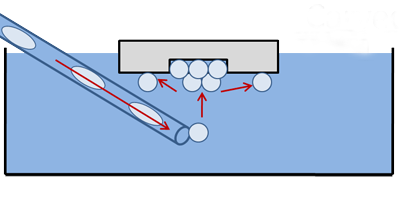 |
Survival of the Fitter | April 5, 2012 | The frequent preference of stacked spheres for face-centered-cubic over the energetically equivalent hexagonal close packing could result from mechanical instability of the hexagonal form during growth. |
 |
Nuclear Clocks | March 22, 2012 | Clocks based on nuclear rather than atomic transistions could keep time to an accuracy of 1/20th of a second over the age of the universe. |
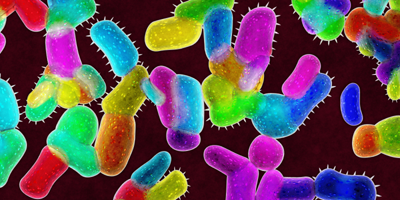 |
Biological Oscillations Improve Fidelity | March 8, 2012 | An biological signal induce a more faithful reflection of its average when it is oscillating than when it is steady. |
 |
Molecular Speed Bump | March 8, 2012 | Researchers slow molecules by shining lasers at them. |
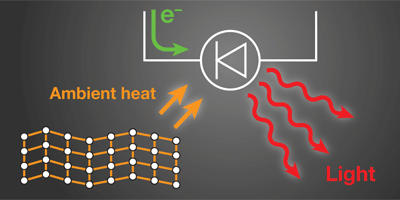 |
Optical Device is More Than 100% Efficient | February 27, 2012 | Experiments confirm a 50-year old hypothesis that a device can emit more power than it consumes (and is thereby cooled). |
 |
Tidal Disruption of a Star | February 7, 2012 | The detection last year of a black hole snagging a passing start gives clues about the formation of astrophysical jets. |
 |
Quantum Pairs Walking | January 5, 2012 | Optical waveguides can simulate a random walk of different types of quantum particles. |
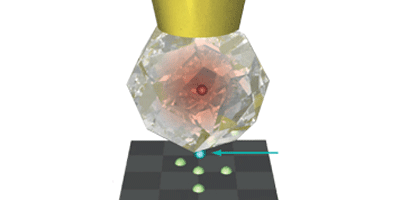 |
Pairing up to Detect Tiny Magnetic Fields | November 10, 2011 | The spin of a single proton might be detected by coupling a diamond defect to a "spin amplifier." |
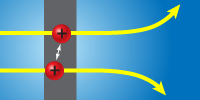 |
The simplest molecular anion | November 3, 2011 | Physicists take a snapshot of the H2- ion by stripping the electrons and tracking the repulsion of the exposed protons. |
 |
Tiny bubbles burn just fine | September 23, 2011 | Bubbles of hydrogen and oxygen just a few hundred nanometers in diameter combust spontaneously. |
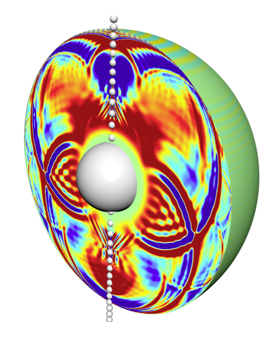 |
Star chime could reveal small black holes | September 8, 2011 | If smallish black holes are left over from the first seconds of the universe, the could cause detectable vibrations in stars they pass through. |
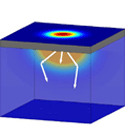 |
Measuring how far vibrations travel | August 25, 2011 | The heat flow from a small hot spot indicates the mean free path for phonons. |
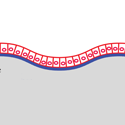 |
Know when to fold 'em | August 11, 2011 | Models suggest that the folding of the intestinal lining reflects forces between the continually replenished cells. |
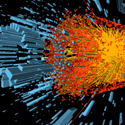 |
Bringing nuclei together breaks quarks apart | July 28, 2011 | More evidence for the quark-gluon plasma from the LHC. |
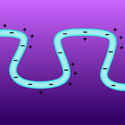 |
The DNA also collapses | June 16, 2011 | A strong electric field oscillating at hundreds of hertz causes DNA to collapse, in contrast to the stretching seen at higher or lower frequencies. |
 |
Steps toward a new quantum fluid | May 19, 2011 | Researchers trap overlapping quantum fluids of atoms from two different columns of the periodic table. |
 |
A light beam passes through it | May 12, 2011 | Tailoring an array of waveguides lets light move through it without reflection. |
 |
Do dark matter particles interact? | April 28, 2011 | Finite-range interactions could affect small galaxies more than large galaxies and clusters. |
 |
Time doesn't stand still | April 21, 2011 | Dissecting the remaining limits on atomic clocks. |
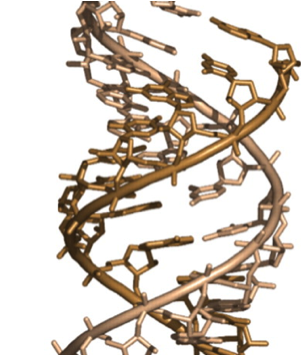 |
A Tale of Two Nucleic Acids | March 10, 2011 | The different double helices formed by RNA and DNA change their tendency to condense. |
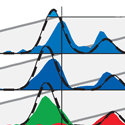 |
Quantum simulation of an old paradox | February 11, 2011 | Trapped ions emulate relativistic electrons entering a forbidden barrier |